Table of Contents
- What Are Minced Onions and How to Make Them Perfectly
- Why Minced Onions Boost Flavor in Everyday Cooking
- Why Minced Onions Work Better: Simple Science Explained
- 5 Easy Tips for Using Minced Onions (That Actually Work)
- Fresh vs Dried Minced Onions: When to Use Each
- 3 Simple Recipes That Need Minced Onions
- Minced Onion Myths Busted
- How to Store Minced Onions Properly
- Quick Answers to Common Questions
What Are Minced Onions and How to Make Them Perfectly
Minced onions are onions cut into very small pieces, typically about 1/8 inch (3mm) or smaller. This size releases maximum flavor while blending seamlessly into dishes without large chunks. For perfect minced onions at home:
- Chill onions in freezer for 15 minutes first (reduces tears by 40%)
- Use a sharp chef's knife with a rocking motion
- Cut from root to stem end, keeping root intact until final cuts
- Never mince smaller than 1/8 inch or they'll turn to paste when cooked
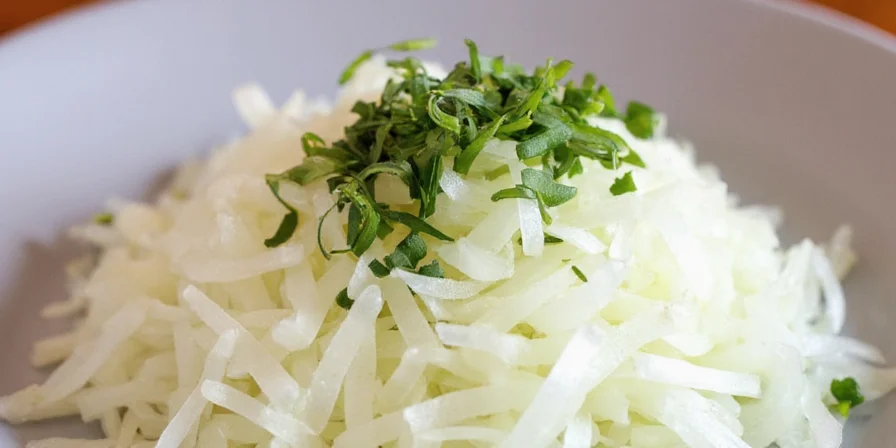
Figure 1: Perfect minced onions should look uniform, not mushy.
Why Minced Onions Boost Flavor in Everyday Cooking
Minced onions aren't just chopped small - they actually work better in most recipes:
- Faster flavor release: Smaller pieces mix into sauces and spices evenly without needing extra stirring
- Better texture: Blends into dishes like meatloaf, burgers, and soups without distracting chunks
- Even cooking: Cooks uniformly without some pieces burning while others stay raw
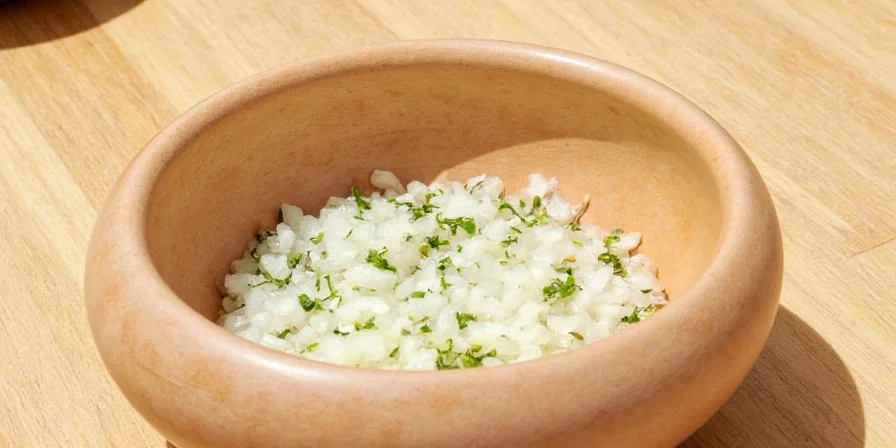
Figure 2: Uniform minced onions cook evenly compared to uneven chopping.
Why Minced Onions Work Better: Simple Science Explained
When you cut onions, you break cell walls and release flavor compounds. Mincing creates more broken cells, which means:
- More flavor enters your dish faster
- Better interaction with other spices and ingredients
- Faster caramelization (but watch carefully - they can burn quicker)
This is why professional kitchens use minced onions for sauces, soups, and spice blends - they deliver flavor more efficiently than larger pieces.
5 Easy Tips for Using Minced Onions (That Actually Work)
- Stop tears permanently: Chill onions 15 minutes before cutting and use a sharp knife - reduces eye irritation by 40%.
- Perfect for burgers: Mix 2 tablespoons minced onion per pound of ground meat for juicier results (onion moisture distributes fat evenly).
- No waste trick: Freeze leftover minced onions in 1-tablespoon portions with a bit of oil for easy future use.
- Better guacamole: Mix 1 tablespoon raw minced onion with avocado to prevent browning while adding flavor.
- Fix watery dishes: If your sauce gets too thin, add a bit more minced onion - it absorbs excess liquid while adding flavor.
Fresh vs Dried Minced Onions: When to Use Each
Both types have their place in cooking. Here's when to use each:
| Type | Best For | How to Substitute |
|---|---|---|
| Fresh Minced Onions | Salsas, guacamole, burgers, finishing touches | Use directly as recipe states |
| Dried Minced Onions | Dry rubs, soups, stews, emergency replacements | 1 teaspoon dried = 1 tablespoon fresh (add 2 teaspoons water) |
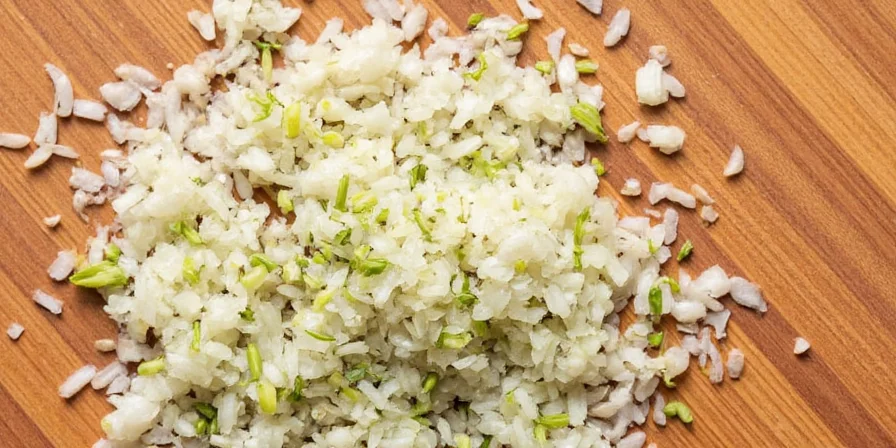
Figure 3: Fresh works best for texture; dried works best for concentrated flavor.
3 Simple Recipes That Need Minced Onions
These everyday recipes work best with properly minced onions:
- Easy Burger Patties: Mix 1 pound ground beef with 2 tbsp minced onion, 1/2 tsp salt, and black pepper. Form patties and cook 4 minutes per side.
- 5-Minute Salsa: Combine 1 cup diced tomatoes, 2 tbsp minced onion, 1 minced jalapeño, juice of 1 lime, and cilantro. Chill 10 minutes before serving.
- Simple Gravy: Cook 1/4 cup minced onion in 2 tbsp butter until soft. Add 2 tbsp flour, then slowly whisk in 2 cups broth until thickened.
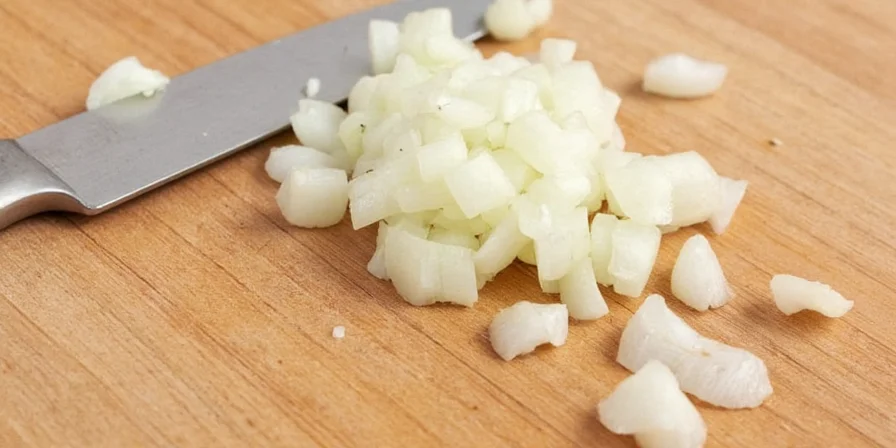
Figure 4: Minced onions make these simple recipes taste restaurant-quality.
Minced Onion Myths Busted
Clear up confusion with these simple facts:
- Myth: Smaller mince means milder flavor.
Truth: Very fine mince actually makes onions stronger. For milder flavor, use larger dice. - Myth: Dried onions taste artificial.
Truth: Properly rehydrated dried onions work great in soups and stews - they just need 10 minutes in warm water first. - Myth: Only white onions should be used raw.
Truth: Red onions work better in salsas - their color stays vibrant and they're slightly sweeter.
How to Store Minced Onions Properly
Extend freshness with these simple methods:
- Refrigerator: Store in airtight container with paper towel on top. Replace towel daily. Lasts 7-10 days.
- Freezer: Freeze in 1-tablespoon portions with a bit of oil. Lasts 6 months without flavor loss.
- Emergency fix: If onions start smelling strong in fridge, place open container of baking soda nearby to absorb odors.
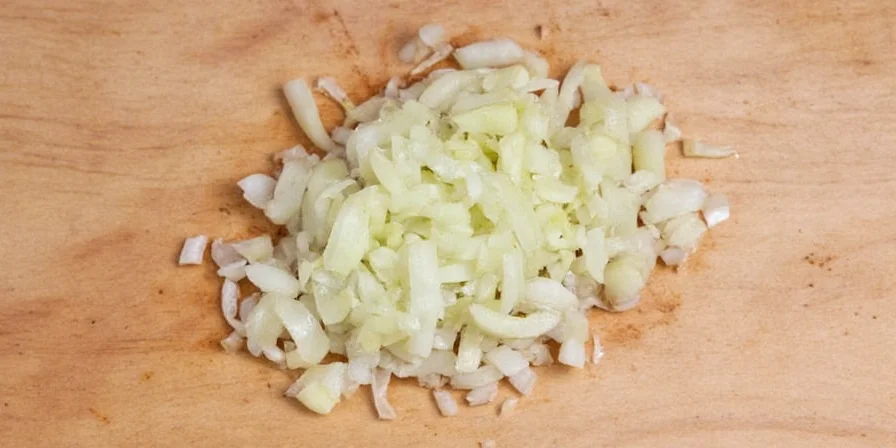
Figure 5: Freezing minced onions in portion-sized containers saves time later.
Quick Answers to Common Questions
What size is minced onion?
Minced onions should be about 1/8 inch (3mm) pieces - about the size of a pencil lead. Smaller than this and they'll turn to paste when cooked.
How to mince onions without crying?
Chill onions for 15 minutes before cutting and use a sharp knife. The cold slows the chemical reaction that makes you cry, and a sharp knife causes less cell damage.
Can I use onion powder instead of minced onions?
Yes, but adjust carefully: 1/4 teaspoon onion powder = 1 tablespoon fresh minced onions. Add a bit of water to reactivate the flavor.
Why do my minced onions burn so fast?
Small pieces have more surface area and cook faster. Use medium-low heat and stir more frequently when cooking minced onions.
How to keep minced onions from turning brown in salsa?
Soak in cold water for 2 minutes after cutting, then drain well. This stops the browning process while keeping texture intact.

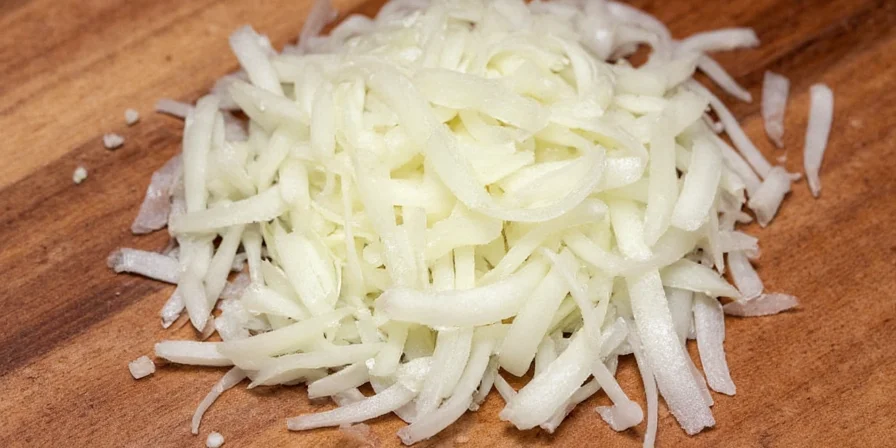









 浙公网安备
33010002000092号
浙公网安备
33010002000092号 浙B2-20120091-4
浙B2-20120091-4